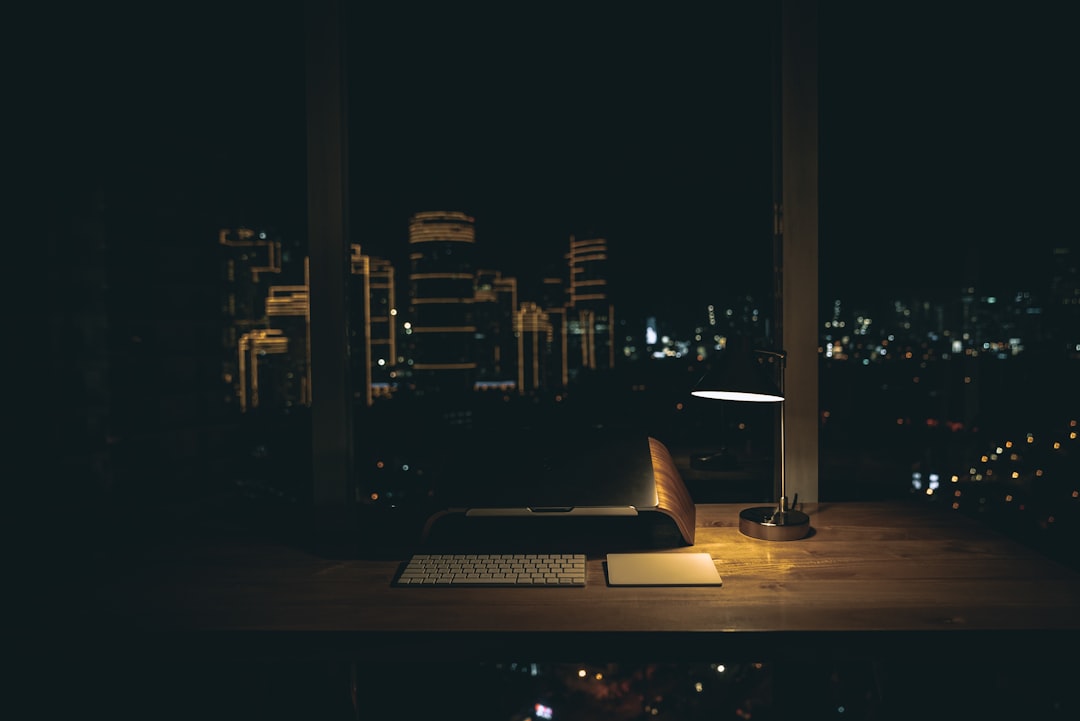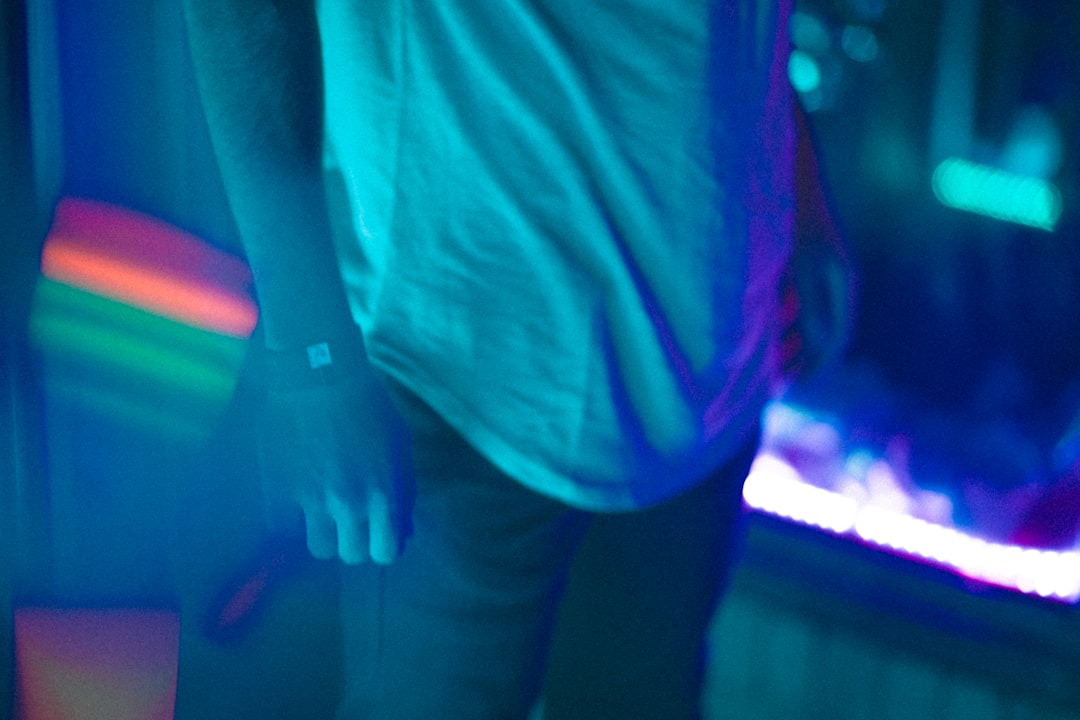Introduction
In today’s world, we often take lighting for granted. The ability to flip a switch and have light instantly fill a room is something we rarely stop to think about. But before the invention of the light bulb, the world was a much darker place. In this article, we will explore the fascinating story of the first ever light bulb, including its origins, the hard work and determination required to create it, and the impact it had on the world.
Origins of the Light Bulb
The story of the light bulb begins in the early 1800s, when inventors first began experimenting with the concept of electric lighting. One of the earliest pioneers in this field was Sir Humphry Davy, a chemist who created the first electric arc lamp in 1802. However, the arc lamp was an impractical solution for lighting homes and offices, due to its intense heat and blinding brightness.
In the ensuing years, numerous inventors worked on developing an electric light that could be used for practical purposes. One of the most well-known of these inventors was Joseph Swan, a British physicist who created a working prototype of a carbon filament light bulb in the 1860s. However, Swan’s bulb was not able to produce a long-lasting, steady light, and he struggled to find a way to improve its performance.
Enter Thomas Edison
It was at this point that another inventor entered the scene – Thomas Edison. Edison, who was already famous for his numerous inventions, including the phonograph and the motion picture camera, began working on a light bulb in 1878. Unlike Swan’s design, Edison’s bulb used a carbonized bamboo filament that was able to last for up to 1,200 hours.
However, creating a successful light bulb was not an easy task. Edison and his team spent months experimenting with different filament materials and designs, as well as creating a vacuum inside the bulb to reduce the risk of the filament burning out. Despite facing numerous setbacks and challenges along the way, Edison was determined to create a practical, efficient light bulb that could be used in homes and businesses.
The First Public Demonstration
After months of hard work and experimentation, Edison finally achieved his goal in October of 1879. In a public demonstration at his laboratory in Menlo Park, New Jersey, Edison lit up a string of 40 bulbs for a crowd of onlookers, marking the first ever public display of practical electric lighting.
The impact of Edison’s invention was immediate and profound. The ability to produce a steady, long-lasting light meant that homes and businesses could be lit up for hours on end, without the need for dangerous gas lamps or candles. The light bulb paved the way for countless other inventions and innovations, from streetlights to television screens, and it remains a symbol of human ingenuity and innovation to this day.
Conclusion
In conclusion, the story of the first ever light bulb is a testament to the power of human creativity and determination. From Davy’s first electric arc lamp to Edison’s revolutionary carbon filament design, the path to creating a practical, efficient light bulb was a long and challenging one. But with hard work and perseverance, Edison and his team achieved what many thought was impossible, and in the process, they forever changed the world.
Whether we realize it or not, the light bulb is one of the most important inventions in human history. It has lit up our homes, our cities, and our lives for over a century, and it has helped to usher in countless other technological advancements as well. So the next time you flip a light switch, take a moment to appreciate the incredible ingenuity and hard work that went into creating the astonishing invention that lit up the world.



